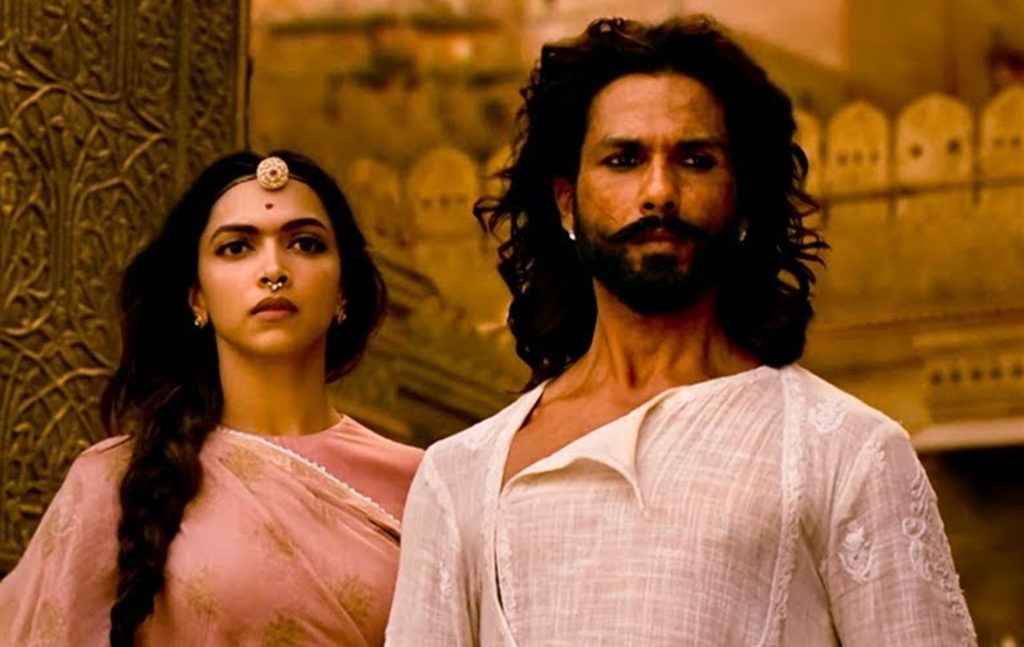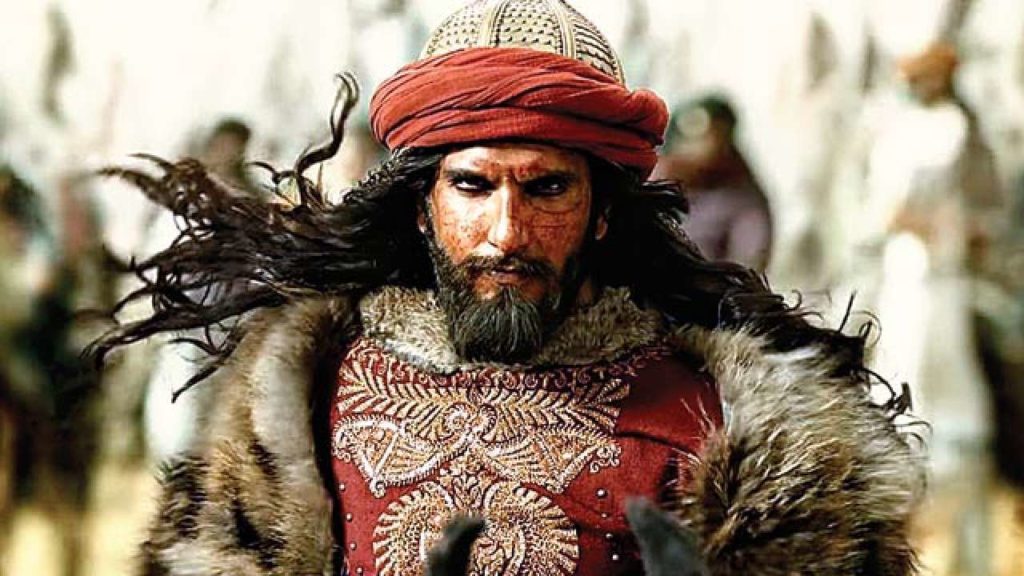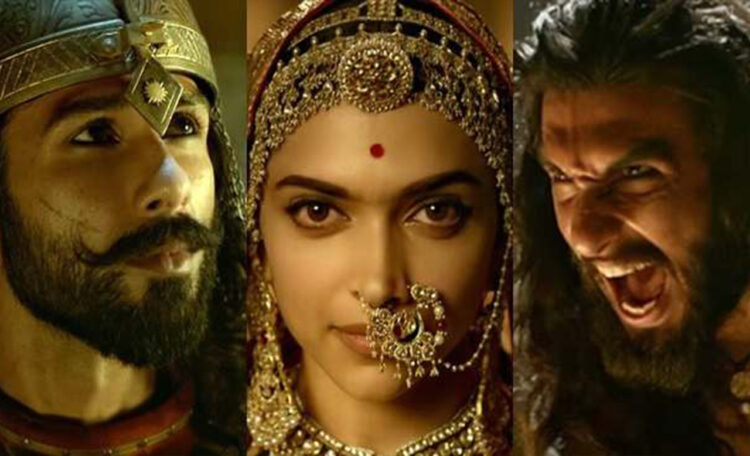Before the opening credits of “Padmaavat,” there is a disclaimer saying that the film is based on the epic poem, considered to be a work of fiction. Therefore, do not expect authenticity and do not feel offended somehow. It is just a movie, without endorsing endorse ritual self-immolation.
“Padmaavat” is the story of a Rajput (Hindu) queen, who is so beautiful that the sultan (Muslim) starts a siege to her kingdom to take her. This was a topic of controversy, and the director, Sanjay Leela Bhansali, was slapped on set and his hair was pulled. In addition, the lead actress, Deepika Padukone, was threatened with beheading and having her nose cut off, because people were offended.
Before the release, several changes were made. The detailed disclaimer is one, as is the revised title, “Padmaavat,” making it closer to the poem, but without matching the heroine’s name, Padmavati. Now, it is basically a love letter to the honor of Rajputs, depicting them as warriors and paragons of virtue.

The movie is also a lavish 3D spectacle, whose story has the depth of a pop-up book for children. The paragons, Padmavati (Ms. Padukone), and her king, Ratan Singh (Shahid Kapoor), are dressed in gorgeous silks and bangles. They are all heavenly to look at, but unfortunately not that delightful to know and care for.
While hunting deer in the forest using a bow and arrows, Padmavati misses the target and instead hits Ratan Singh. Or does she actually miss? He then takes her to his kingdom and promotes her to his number one wife, while the now ex-wife becomes demoted and has several jealousy drama scenes.
Soon thereafter, Allaudin (Ranveer Singh), the sultan who is conquering the great swaths of India, with Delhi as his latest acquisition, hears about Padmavati and her astonishing beauty. Because he is of the belief that he has to possess everything that is precious, he decides he must own her. Several epic battles take place, after which Padmavati sacrifices herself when Allaudin breaches her fortress.

Sultan Allaudin is a comic-strip villain, who is one half a pirate, and another half a sociopath. The actor Singh looks looked like he was enjoying himself, as he got to grimace, gnash his teeth, and rip the meat off bones as if he were Henry VIII.
Mr. Bhansali, as one of the great stylists of Hindi cinema, shows a deep fondness for the heightened look of his movies, as well as for the look of the older India, with forts, billowing tents, and lovingly textured color interiors. The impact of this goes away if you experience it in 3D, where the more cartoonish qualities shine, mainly of the characters and the story, a classic good versus evil.
It is a slog with a lot to look at. As the movie goes on, it is grimmer and more unpleasant in every act, showing more and more violence and death.
Remember that the Hindi protested “Padmaavat,” before seeing it, and the week before its opening, Hindu women threatened with mass suicide in honor of Padmavati’s sacrifice. However, because the story can only become more perverse, the ugliness of the movie is in its portrayal of the Muslim people, mainly the villainous Sultan Allaudin and his army, and not the Rajputs in any way. They are covered in glory, with their every action a right one, their leaders Padmavati and Ratan Singh shown as the models of beauty and refinement. The Muslims eat dirty, fight dirty and follow a marauding and brutal man who dishonors his own wife.
Prakash Kapadia and Sanjay Leela Bhansali wrote the screenplay of the movie.
Padmaavat has the elements of drama, history, and romance genres.
